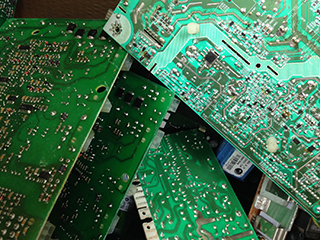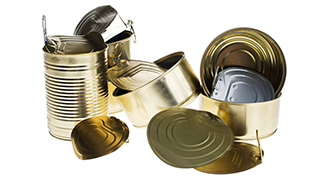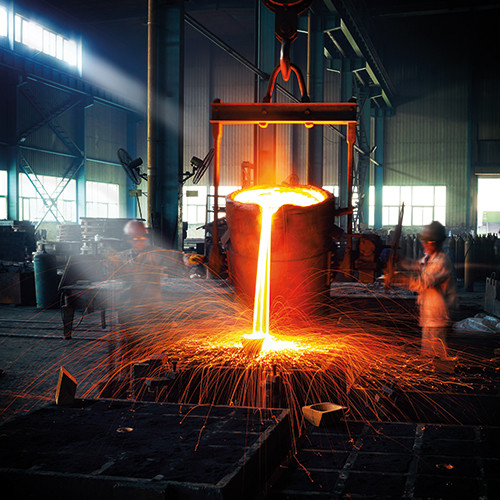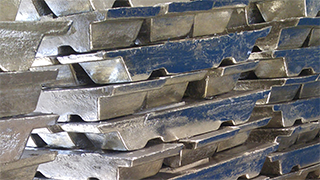Tin Recycling
Tin can be infinitely recycled to the same high quality due to its intrinsic properties and economic value. Closing metal loops by increasing reuse and recycling has the potential to improve resource productivity while reducing energy use, emissions, and waste disposal.
The availability of secondary and recycled tin is also crucial for the future. Due to tin’s versatility and unique properties, it is used in numerous new technologies. Tin is therefore key to both the Fourth Industrial Revolution and the Green Revolution. Recycled tin is already contributing to a greener and more connected planet by fulfilling some of this new demand.
In line with this trend, the International Council on Mining and Metals (ICMM) has published a Declaration by the Metals Industry on Recycling Principles. This encourages manufacturers, policymakers, and other decision-makers to evaluate real performance and improve the design and management of products, including their disposal and recycling. Moreover, the IEA’s World Energy Outlook Special Report 2021 recommends scaling up recycling as a key measure to approach mineral security.
Tin recycling today
For tin products, the average recycled content can be quantified as the ‘Recycling Input Rate’ (RIR). This measures the percentage contribution of recycled ‘secondary’ tin, both in refined and unrefined forms. In 2020 the RIR of tin was 33.1%. Re-refined tin contributed 17% of total tin use, whilst reused or reformulated alloys made up the remaining portion. The RIR has varied between 30-35% over the last decade, with dips generally corresponding to periods of tin price lows.
Manufacturing scraps and residues are commonly recycled, either used in-house or recovered by external scrap processing companies. These tin-containing by-products are recycled back to pure tin ingots or reintegrated into tin alloys or chemicals.
Tin is mainly used in solder, tin chemical, tinplate, and lead-acid battery products. These products are critical to modern life and have wide-ranging lifetimes. Whether tin is recovered from finished products depends on factors such as societal awareness, price variation, and economic and technological feasibility.
Around half of all tin is used in solder each year- mainly for electronics. Some tin is recovered from end-of-life electronics, which remains the largest potential source of recycled tin for the future, as well as solder manufacturing by-products.
17% of tin makes tin chemicals, with waste from use processes such as electroplating and glass coating.
12% of tin is used to manufacture tinplate food cans and metal packaging. Tin is recovered from electroplating sludge and spent anodes, both of which are by-products of tinplate manufacturing. There is some detinning of tinplate waste.
Tin is also used in lead-acid batteries and the lead recycling loop also produces some tin waste for refining or reuse.
Significant volumes of tin are recycled by reprocessing tin alloys, including bronzes.
For further information please contact [email protected]
Major recycled tin producers include ITA members Aurubis, Beerse (Belgium) and Fenix Metals (Poland).
< Back to Responsible Production




